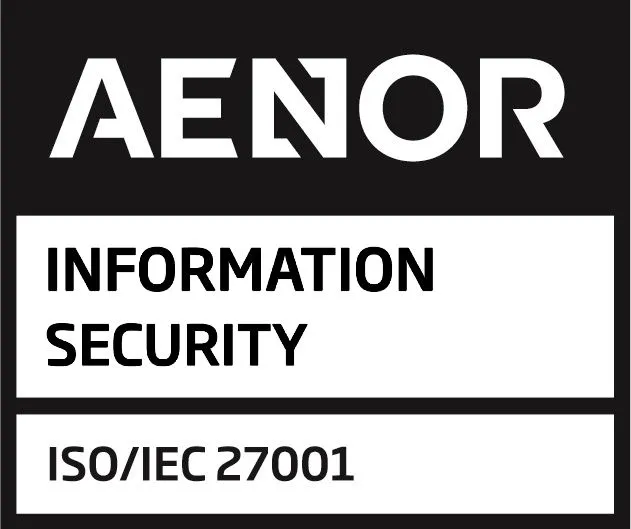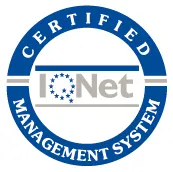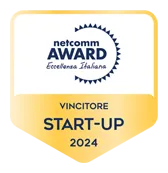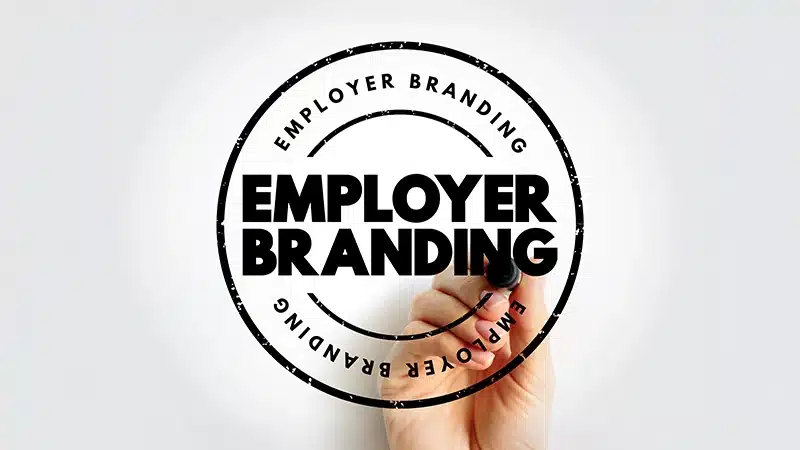
In a job market marked by a shortage of certain professional profiles, especially those related to emerging technologies like artificial intelligence, companies are forced to compete with each other to attract top talent. One of the ways they can do this is through employer branding strategies.
Table of Contents
What Is Employer Branding?
In 1996, American authors Tim Ambler and Simon Barrow defined employer branding as “the set of functional, economic, and psychological benefits offered by a job and identified with the employing company.” Essentially, it is a combination of attributes—some tangible, others less so—that make a company an attractive place to work and that potential employees organically associate with a specific company or brand.
Among the attributes that a strong employer brand projects are factors related to compensation, career opportunities, training, stability, flexibility, work-life balance, work environment, leadership, recognition, social benefits, and, ultimately, all those aspects that influence a professional’s decision to choose one employer over another.
The Importance of Employer Branding
In today’s global and digital markets, companies need highly qualified professionals to drive their projects forward and remain competitive. However, this is not easy in a landscape of talent scarcity, where many companies compete for the same small group of candidates. In this context, professionals have the power to choose where they want to work rather than the other way around, making a strong employer brand a significant competitive advantage in the war for talent.
But employer branding is not just an external strategy to attract potential future employees; it also plays a crucial role in retaining the talent already within the company. The same attributes that make a company attractive to job seekers also influence employees’ decisions to stay. A company’s ability to attract candidates is of little value if it simultaneously struggles with high employee turnover.
To retain existing employees, the company must be consistent and demonstrate—through actions rather than words—that it truly embodies the attributes and values it promotes as part of its corporate identity.
This internal consistency is essential for employees not only to want to stay but also to become brand ambassadors, helping to communicate the employer brand’s values and attributes to their network. Employees have the most direct insight into what it is really like to work at a company, making them one of the most reliable sources of information for professionals considering joining that organization.
Differences in Employer Branding Based on Company Size
Company size influences employer branding and is, in itself, a key attraction factor. The main employer branding characteristics vary depending on the company’s size:
- Large Companies: Many professionals prefer working for large multinational corporations or companies listed on the stock exchange because they associate them with specific attributes inherent to these organizations. Security, stability, resources, prestige, career advancement, competitive salaries, established corporate culture, and social benefits are key factors that large companies leverage to attract top talent.
- Mid-Sized Companies: These companies offer a balance between growth opportunities, resources, and an evolving corporate culture. Their potential can be highly attractive, providing professionals with exciting career development opportunities, challenging projects, and the chance to actively contribute to the company’s rapid expansion.
- Small Companies: Once considered the “underdogs” in the job market, small businesses have become highly attractive employers, especially for Millennials and Gen Z professionals. Flexibility, agility, autonomy, innovation, and the courage to do things differently—often seen in tech startups and entrepreneurial ventures—make these organizations highly appealing to certain talent profiles.
Specific Challenges for Mid-Sized and Large Companies
We have seen the main strengths of different types of companies based on their size. However, each also has weaknesses that make them vulnerable—areas for improvement that can be addressed through employer branding strategies.
- Mid-Sized Companies: How can a mid-sized company compete with large corporations in terms of employer branding? Limited resources often result in weaker brand visibility, making it harder to stand out against corporate giants. This lack of visibility forces mid-sized companies to maximize their employer branding budgets and use creative approaches to optimize their available resources.One way to achieve this is through an employee engagement platform. This tool allows companies to integrate numerous benefits and features in an easy, accessible, and cost-effective manner—options that would otherwise be difficult for a company with fewer than 250 employees to provide. These platforms not only enhance the employee experience but also help showcase the employer brand through an appealing digital interface accessible via mobile devices.
- Large Companies: Despite their apparent advantage in attracting talent, large companies also face significant challenges. Maintaining a consistent global identity across various functional areas and locations can be difficult. Additionally, internal rigidity and bureaucracy often weigh down these organizations, slowing down efforts to implement new employer branding strategies efficiently.
Strategies to Strengthen Employer Branding
These and other challenges push companies to seek strategies that help reinforce their employer brand. Here are some of the key approaches:
- Developing an Employee Value Proposition (EVP). The Employee Value Proposition (EVP) is the value offering that an organization provides to its employees in exchange for their effort, performance, and commitment. It represents the return—through values and benefits—that employees can expect for their work within the company. Employer branding should effectively encapsulate this proposition in a compelling and motivating slogan.
- Using Social Media and Digital Platforms. Once the EVP is defined, the next step is to communicate it effectively to the target audience. To do this, it is essential for the company to leverage its own online channels to promote its corporate culture and job opportunities. LinkedIn is the ideal platform to share content that reflects your company culture, values, and daily work environment. Post employee stories, videos of internal activities, achievements, and benefits that showcase why your organization is a great place to work.
- Employee Referral Programs. Employees are the best brand ambassadors for a company, and implementing strong employee referral programs encourages them to take on this role. For these programs to be effective, they must be transparent, with clear objectives and rewards, a user-friendly process, and smooth communication with participants. Vip District and many of our clients already use Vip Incentives to create campaigns that reward employees who refer candidates for open positions. This strategy is particularly effective for attracting high-demand profiles, such as tech professionals.
- Workplace Flexibility and Additional Benefits. Implementing policies that promote work-life balance is becoming increasingly important for attracting talent. Offering remote work options, flexible schedules, and benefits related to leisure and personal well-being, such as support for sports activities or childcare, can significantly enhance a company’s employer brand value.
- Recognition and Incentive Programs. Publicly recognizing a job well done, whether formally or informally—and ideally linked to an incentive program—is another powerful way to attract and retain talent. This can be easily implemented in an efficient, structured, and even gamified way through platforms like Vip Incentives.
Best Practices and Real-Life Examples
Many companies implement employer branding strategies to attract and retain top talent.
Spotify

One of the most recent and impactful examples comes from a campaign launched by Spotify. The music streaming company put up a giant billboard in the street with the message:
“Our employees are not children. Spotify will continue working remotely.”
In doing so, the company highlighted its commitment to remote work and its trust in employees’ self-management abilities. These two attributes define its organizational culture and help attract candidates who align with this way of working. The campaign quickly went viral on social media, giving it global reach.
Netflix
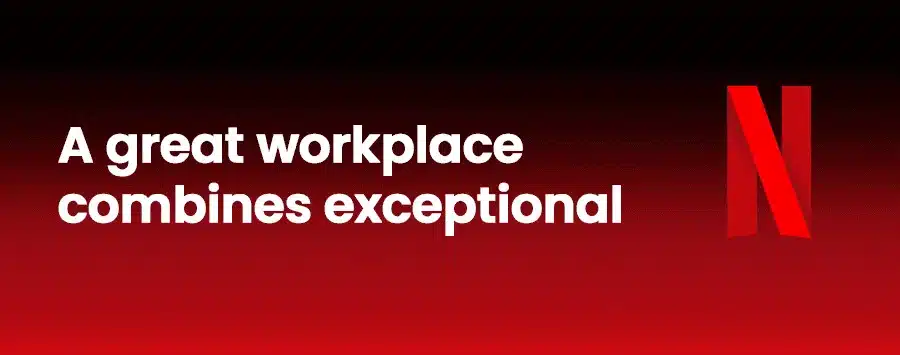
Some companies have done a very meticulous job in defining their Employee Value Proposition (EVP) and shaping their employer branding strategy around it. Instead of following rigid processes, Netflix has innovated its employer branding approach with a simple yet impactful message:
“A great workplace combines exceptional colleagues with complex problems.“
To support this vision, Netflix has developed key initiatives such as “WeAreNetflix”, which includes a podcast and a YouTube channel where employees share their work experiences, explore company culture, diversity, and internal dynamics.
Measuring and Optimizing the Employer Branding Strategy
Just as important as designing effective branded content strategies is measuring their results to introduce improvements or changes in approach.
Some key ways to do this include:
- Key KPIs: Several metrics can indicate the success or failure of an employer branding strategy, such as the number of applications per job posting, turnover and absenteeism rates, average hiring time, and company social media followers.
- Feedback and Adjustments: Regular feedback from stakeholders involved in strategy design is essential. This should be compared with the perceptions of candidates (e.g., during job interviews), job fairs, or even current employees through satisfaction surveys.
- Technology Tools: Talent management and employer reputation analysis software solutions provide valuable insights to assess and refine employer branding efforts.
Common Mistakes in Employer Branding (and How to Avoid Them)
Lack of a Defined Strategy
❌ Mistake: Many companies try to strengthen their employer brand without a clear plan.
✅ Solution: Design a strategy aligned with the company culture, values, and talent objectives.
Neglecting the Candidate Experience
❌ Mistake: Long hiring processes, poor communication, and lack of transparency create a negative perception of the company.
✅ Solution: Streamline processes, provide continuous feedback, and offer an engaging experience from application to hiring.
Ignoring Current Employees
❌ Mistake: Thinking that employer branding is only for attracting external candidates.
✅ Solution: Conduct internal surveys, improve organizational culture, and encourage employees to become brand ambassadors.
Not Leveraging the Right Digital Channels
❌ Mistake: Relying solely on a corporate website and not using platforms like LinkedIn, Glassdoor, Instagram, or TikTok.
✅ Solution: Develop authentic content across multiple platforms to reach different talent segments.
Making Promises That Aren’t Kept
❌ Mistake: Creating an attractive external employer brand that doesn’t match the internal reality.
✅ Solution: Ensure that what is communicated in the employer branding strategy aligns with the actual employee experience.
Employer Branding: An Investment for the Future
Building a strong employer brand is not just a talent attraction strategy—it’s an investment in the company’s future. In a market where talent chooses where to work, organizations must be authentic, consistent, and proactive in their value proposition.
From the candidate experience to employee retention, every detail matters. Companies of all sizes now recognize that a well-crafted employer brand not only attracts top talent but also keeps them engaged. The ultimate success in this journey is turning employees into the company’s strongest ambassadors.
New to Vip District? Contact us and find out what our platform has to offer!





